

Paclobutrazol (PBZ) is a plant growth regulator that inhibits the biosynthesis of gibberellins, plant hormones responsible for promoting growth. By suppressing gibberellin production, PBZ effectively reduces internodal elongation, resulting in shorter, sturdier plants with enhanced root systems. It also influences other physiological processes, such as promoting flowering and improving stress tolerance.


Paclobutrazol (PBZ) is a plant growth regulator that inhibits the biosynthesis of gibberellins, plant hormones responsible for promoting growth. By suppressing gibberellin production, PBZ effectively reduces internodal elongation, resulting in shorter, sturdier plants with enhanced root systems. It also influences other physiological processes, such as promoting flowering and improving stress tolerance.

.3d8f8f41.svg)
Agrochemicals
.3556d45a.svg)

Plant Health, Nutrients & Soil Management


Plant Growth Regulators & Harvest Aids
.7767eb0f.png)

Chemical Properties & Specifications
PBZ is widely used in ornamental plant cultivation to control excessive growth, improve plant shape, and enhance flowering.
Applied to various fruit and vegetable crops, PBZ promotes early fruiting, increases yield, and improves fruit quality by regulating plant growth.
In turfgrass management, PBZ reduces mowing frequency and enhances turf quality by controlling vertical growth.
Arborists use PBZ to manage the growth of trees and shrubs, especially in urban environments, to reduce maintenance needs and improve structural integrity.
PBZ application in cereal crops like maize and wheat strengthens stems, reducing the risk of lodging and improving grain yield.
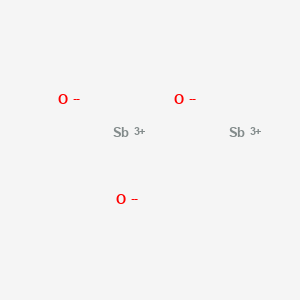
CAS No. : 1309-64-4
Category : Inorganic Chemicals
Sub-Category : Flame Retardant
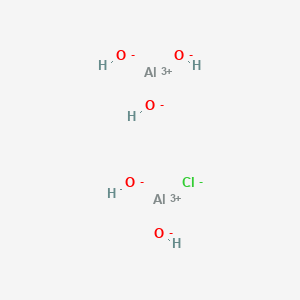
CAS No. : 1327-41-9
Category : Inorganic Chemicals
Sub-Category : Metal-Based Coagulants
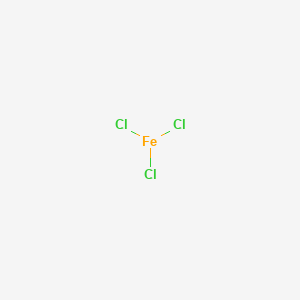
CAS No. : 7705-08-0
Category : Inorganic Chemicals
Sub-Category : Metal-Based Coagulants

CAS No. : 7722-84-1
Category : Inorganic Chemicals
Sub-Category : Peroxides & Oxidizing Agents

CAS No. : 1309-48-4
Category : Inorganic compound
Sub-Category : Flame Retardant
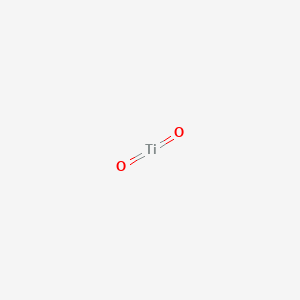
CAS No. : 13463-67-7
Category : Pigments & Colorants
Sub-Category : Inorganic Pigments
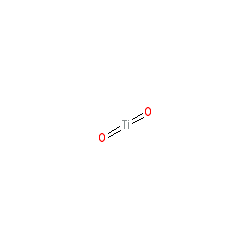
CAS No. : 13463-67-7
Category : Pigments & Colorants
Sub-Category : Inorganic Pigments
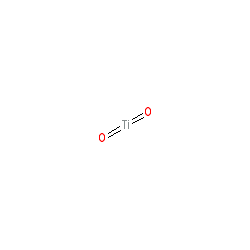
CAS No. : 13463-67-7
Category : Pigments & Colorants
Sub-Category : Inorganic Pigments
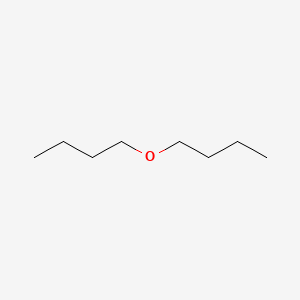
CAS No. : 142-96-1
Category : Solvents & Carriers
Sub-Category : Ethers & Ether-Based Solvents
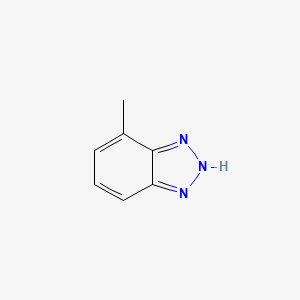
CAS No. : 29385-43-1
Category : Specialty Polymers & Additives
Sub-Category : Corrosion Inhibitor Additives

CAS No. : 25322-69-4
Category : Specialty Polymers & Additives
Sub-Category : Polyether Polyols

CAS No. : 1310-73-2
Category : Inorganic Chemicals
Sub-Category : Alkalis & Bases

CAS No. : 78-93-3
Category : Base Chemicals & Intermediates
Sub-Category : Ketones & Solvents
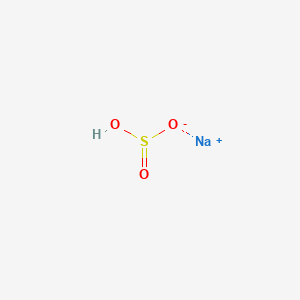
CAS No. : 7631-90-5
Category : Inorganic Chemicals
Sub-Category : N/A
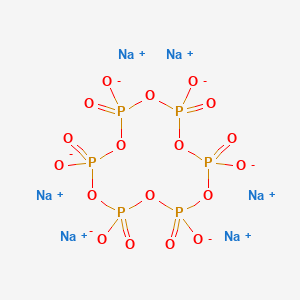
CAS No. : 10124-56-8
Category : Inorganic Chemicals
Sub-Category : N/A
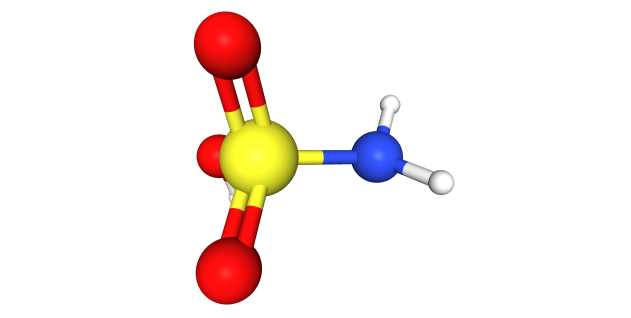
CAS No. : 5329-14-6
Category : Inorganic Chemicals
Sub-Category : Acid Derivatives

CAS No. : 100-44-7
Category : Organic Intermediates
Sub-Category : Chlorinated Aromatic Compounds

CAS No. : 7758-94-3
Category : Inorganic Chemicals
Sub-Category : Metal Halides

CAS No. : 1314-13-2
Category : Inorganic Chemicals
Sub-Category : N/A
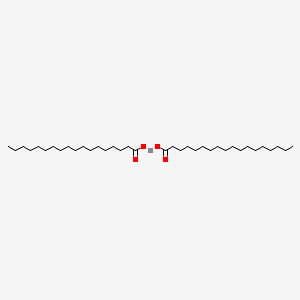
CAS No. : 136-53-8
Category : Inorganic Chemicals
Sub-Category : Metal Carboxylates
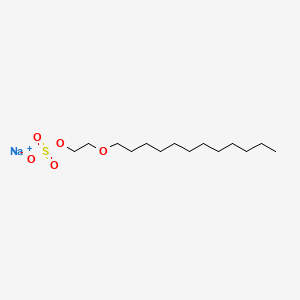
CAS No. : 9004-82-4
Category : Cosmetic Ingredients
Sub-Category : Surfactants & Foaming Agents
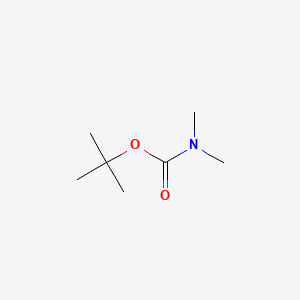
CAS No. : 61788-93-0
Category : Surfactants & Emulsifiers
Sub-Category : Fatty Amines

CAS No. : 7647-01-0
Category : Inorganic Acids
Sub-Category : Mineral Acids
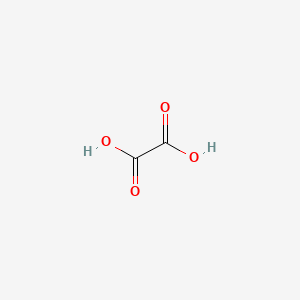
CAS No. : 144-62-7
Category : Organic Acid Derivatives
Sub-Category : Dicarboxylic Acids
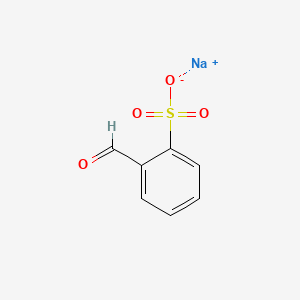
CAS No. : 17465-11-3
Category : Organic Intermediates
Sub-Category : Aromatic Sulfonates

CAS No. : 7704-34-9
Category : Inorganic Chemicals
Sub-Category : Sulfur & Derivatives
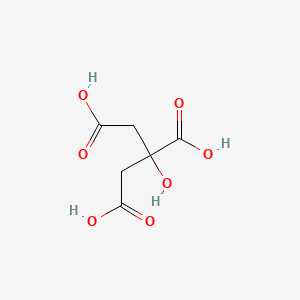
CAS No. : 77-92-9
Category : Food Ingredients
Sub-Category : Flavor Enhancers

CAS No. : 7631-90-5
Category : Inorganic Chemicals
Sub-Category : N/A

CAS No. : 10124-56-8
Category : Inorganic Chemicals
Sub-Category : N/A
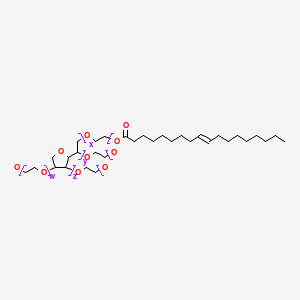
CAS No. : 9005-65-6
Category : Surfactants & Emulsifiers
Sub-Category : N/A
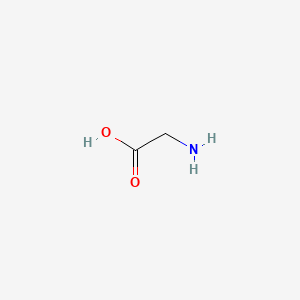
CAS No. : 56-40-6
Category : Nutraceutical Ingredients
Sub-Category : Amino Acids & Proteins
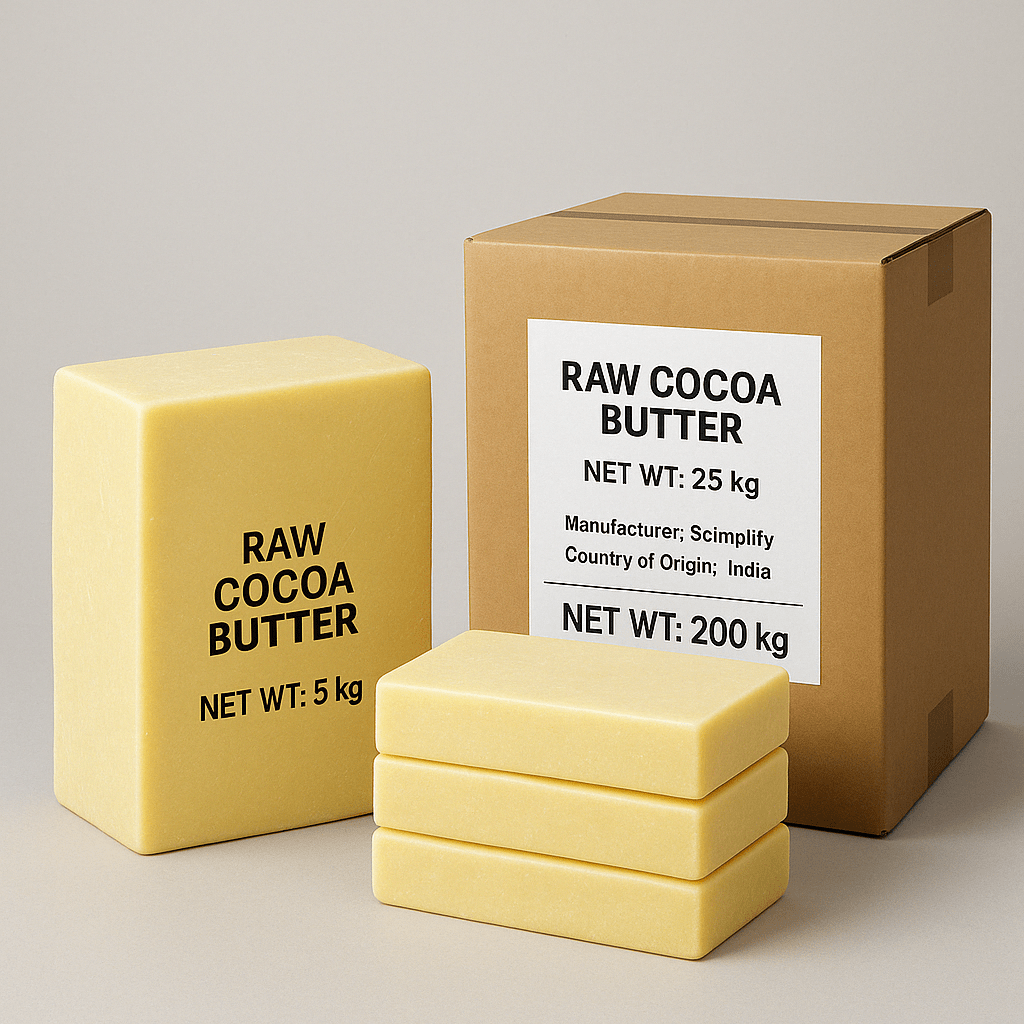
CAS No. : 8002-31-1
Category : Food Ingredients
Sub-Category : Cocoa & Chocolate Derivatives
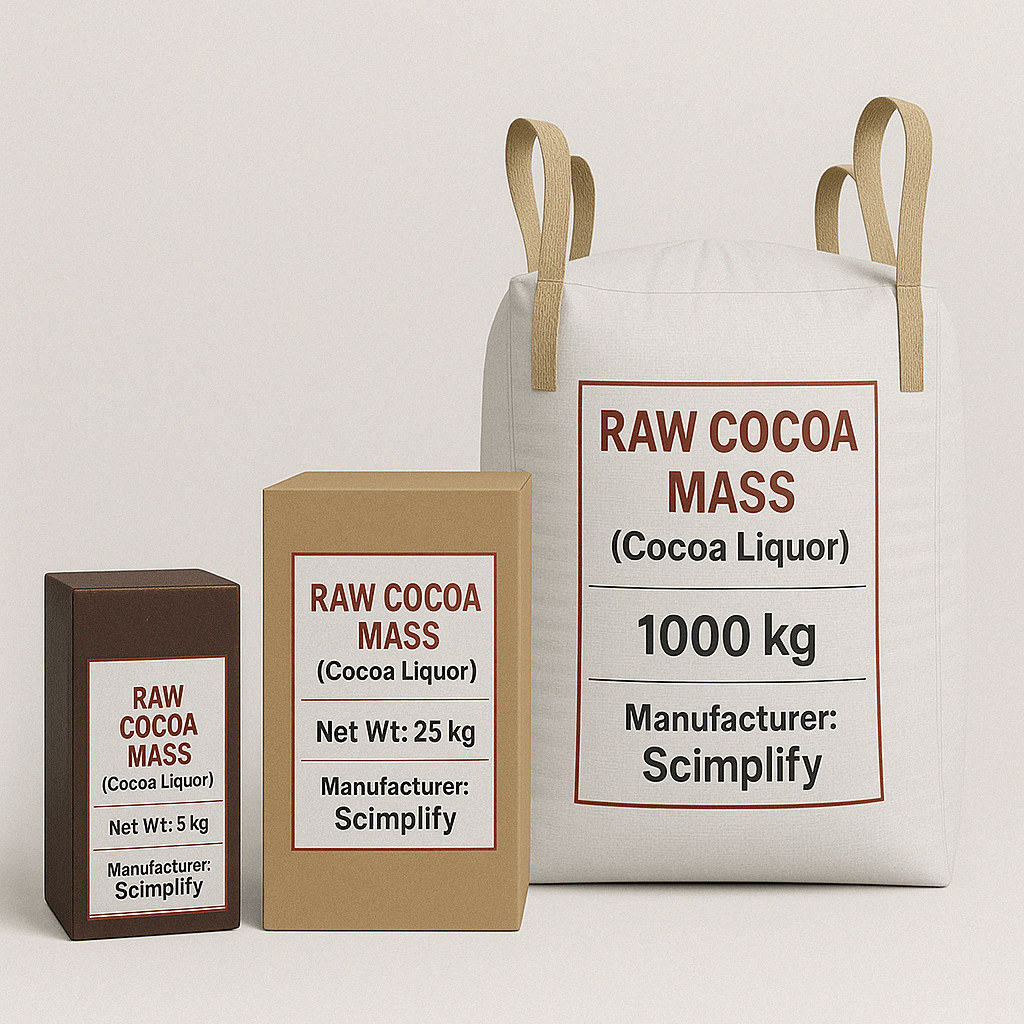
CAS No. : 84649-99-0
Category : Food Ingredients
Sub-Category : Cocoa & Chocolate Derivatives
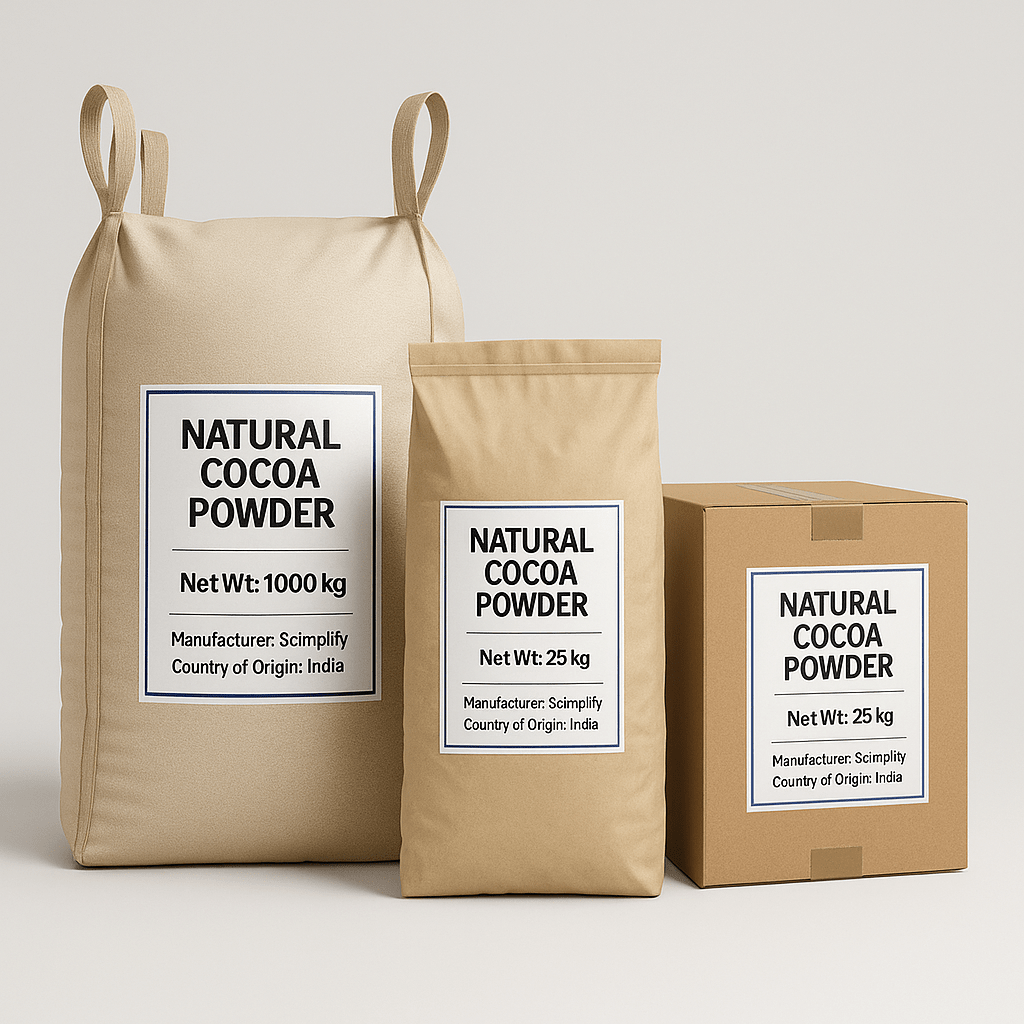
CAS No. : 84649-99-0
Category : Food Ingredients
Sub-Category : Cocoa & Chocolate Derivatives
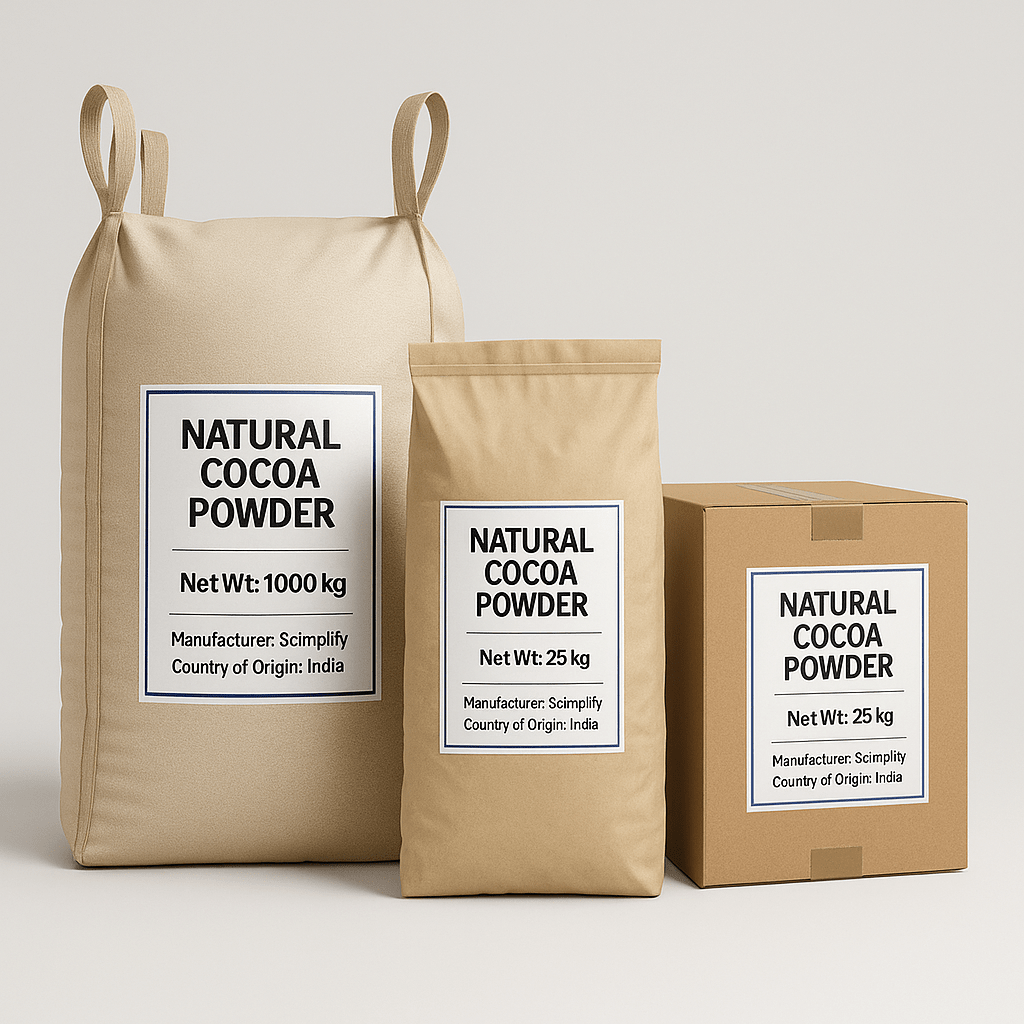
CAS No. : 84649-99-0
Category : Food Ingredients
Sub-Category : Cocoa & Chocolate Derivatives
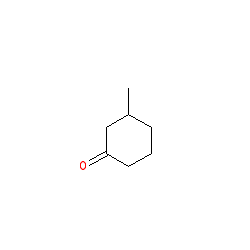
CAS No. : 36306-87-3
Category : Fragrance Ingredients
Sub-Category : Ionones & Ketones

CAS No. : 16409-43-1
Category : Fragrance Ingredients
Sub-Category : Aroma Compounds
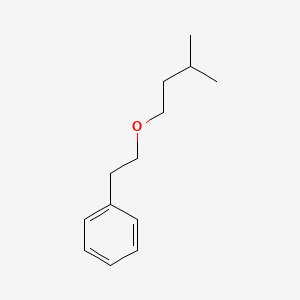
CAS No. : 56011-02-0
Category : Fragrance Ingredients
Sub-Category : Aliphatic Aromatic Ethers
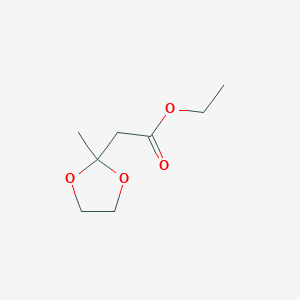
CAS No. : 6413-10-1
Category : Fragrance Ingredients
Sub-Category : Ketal Fruit Esters

CAS No. : 5182-36-5
Category : Fragrance Ingredients
Sub-Category : Aroma Chemicals
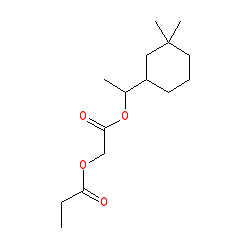
CAS No. : 236391-76-7
Category : Fragrance Ingredients
Sub-Category : Polycyclic Synthetic Musks

CAS No. : 236391-76-7
Category : Fragrance Ingredients
Sub-Category : Polycyclic Synthetic Musks
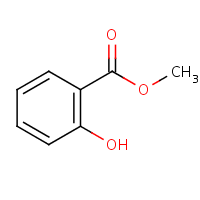
CAS No. : 119-36-8
Category : Fragrance Ingredients
Sub-Category : Aromatic Esters